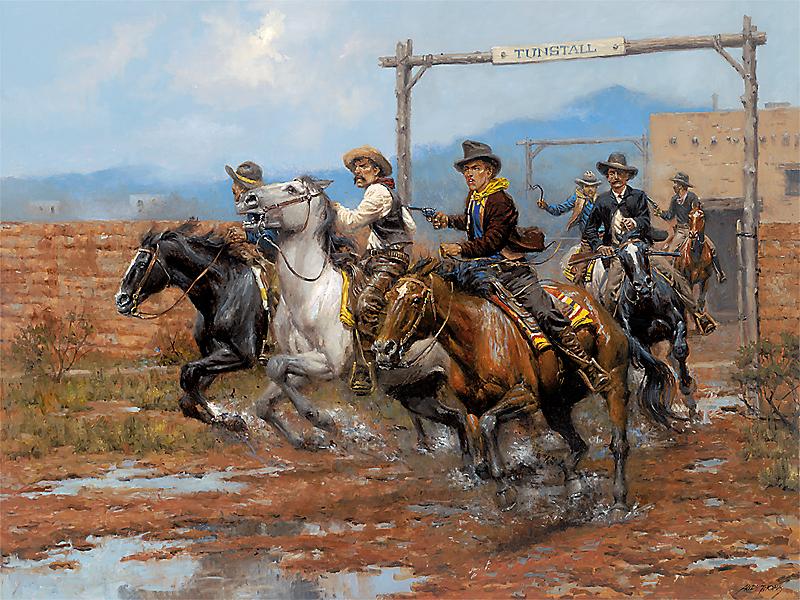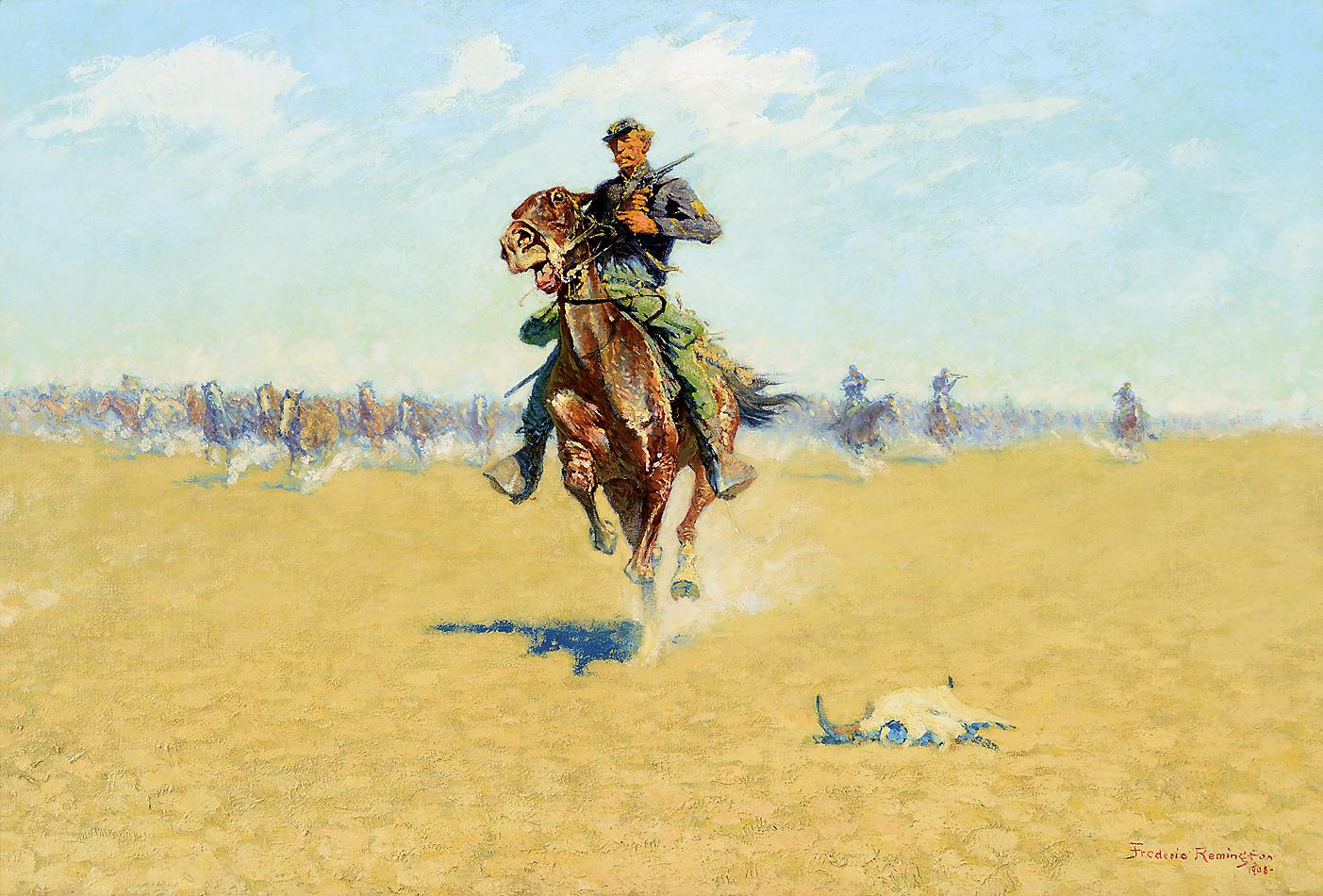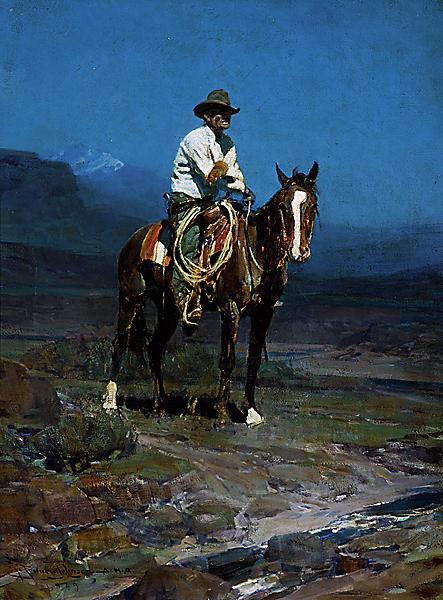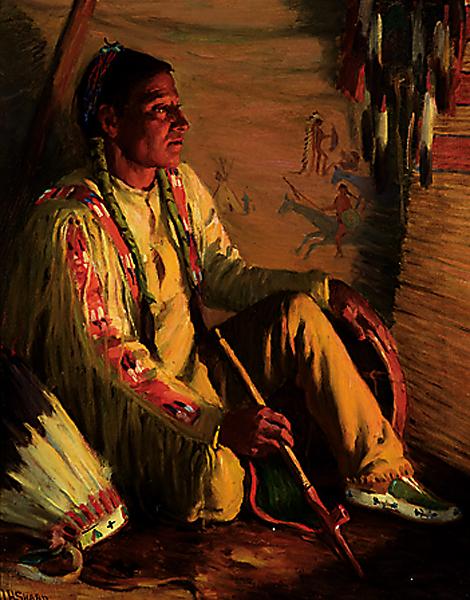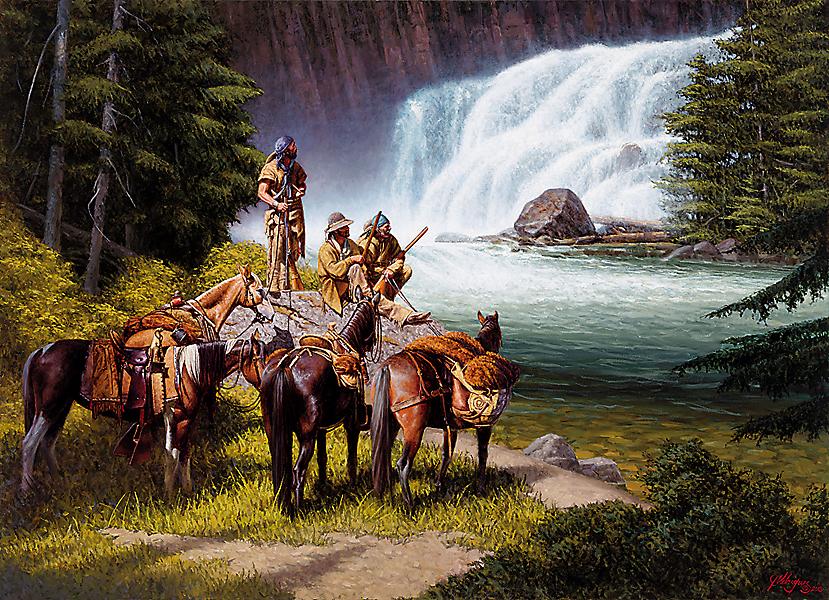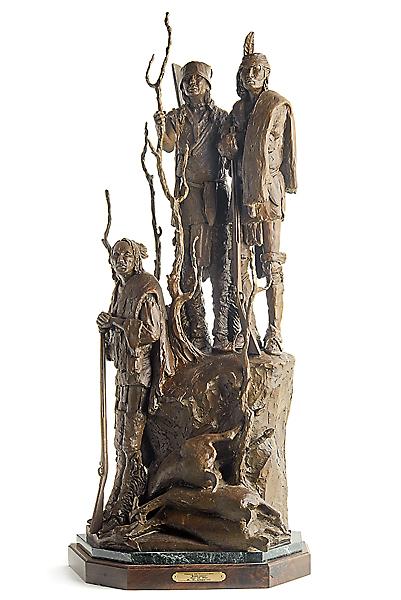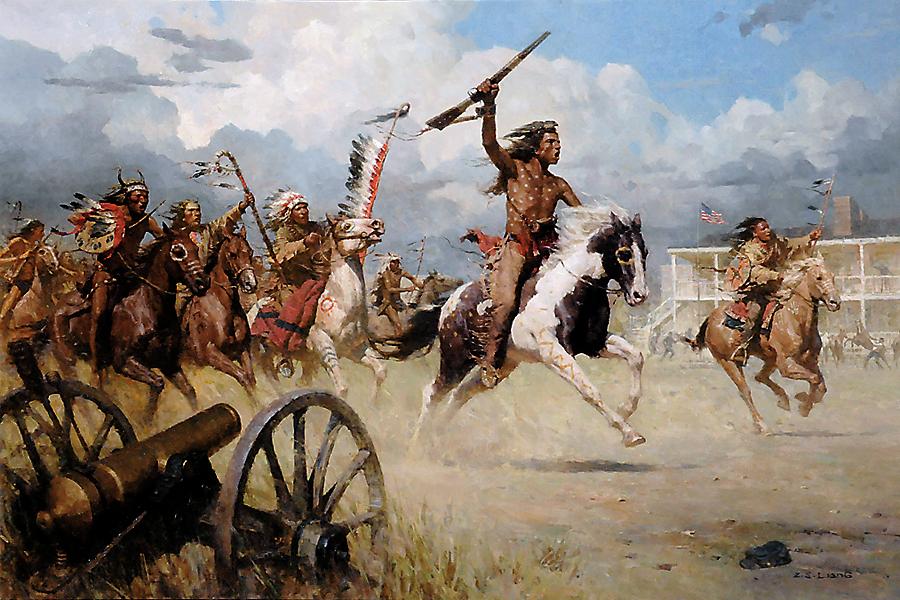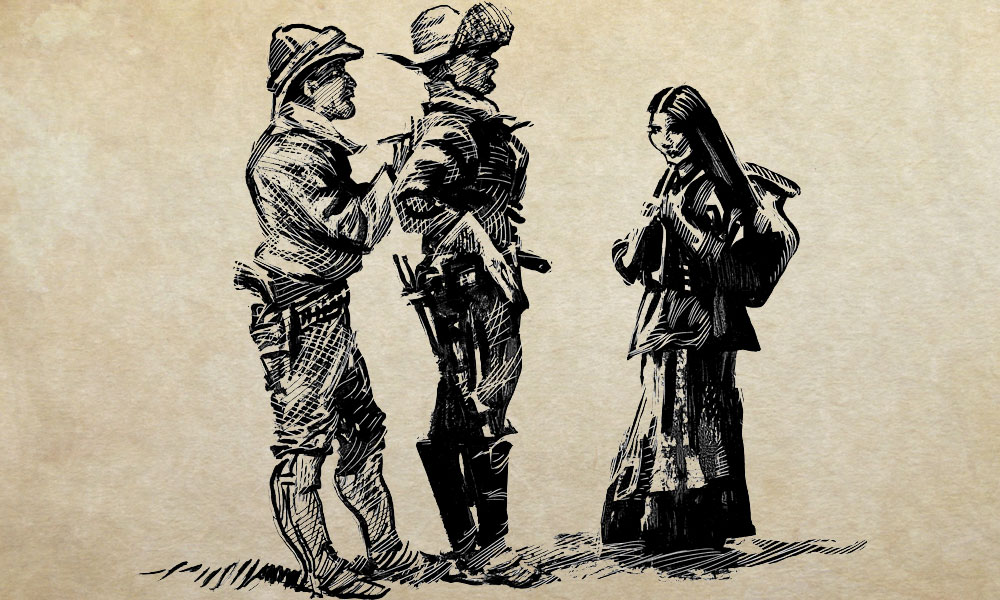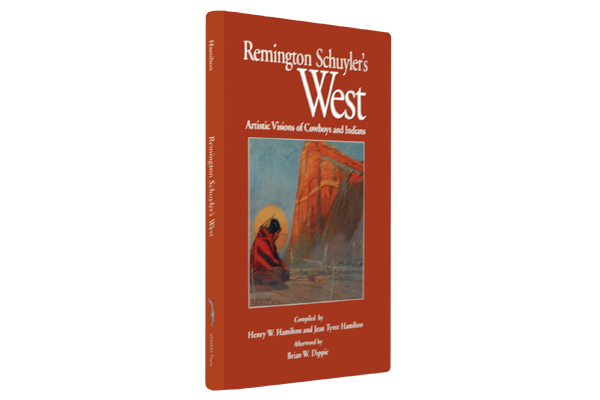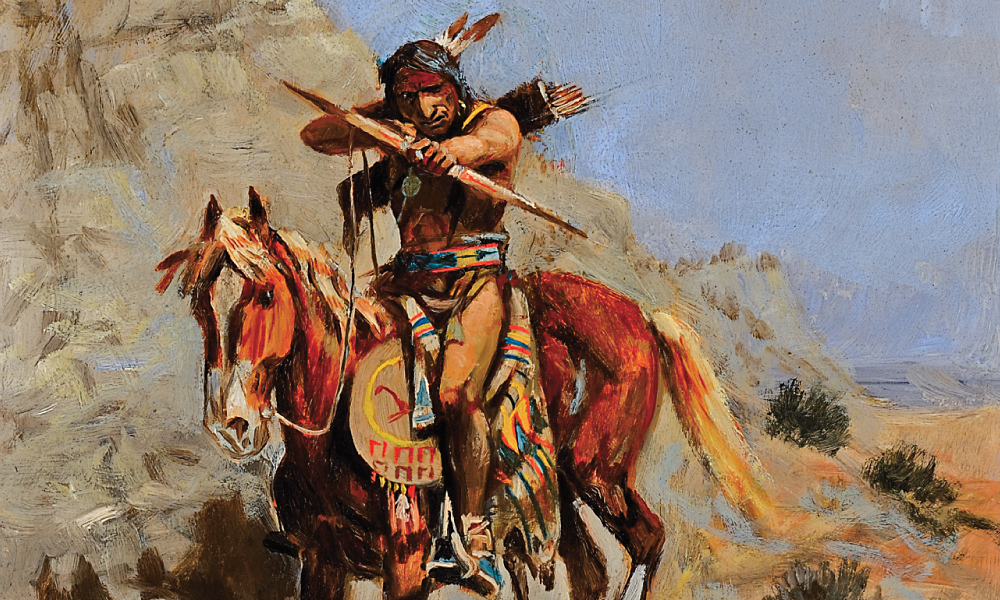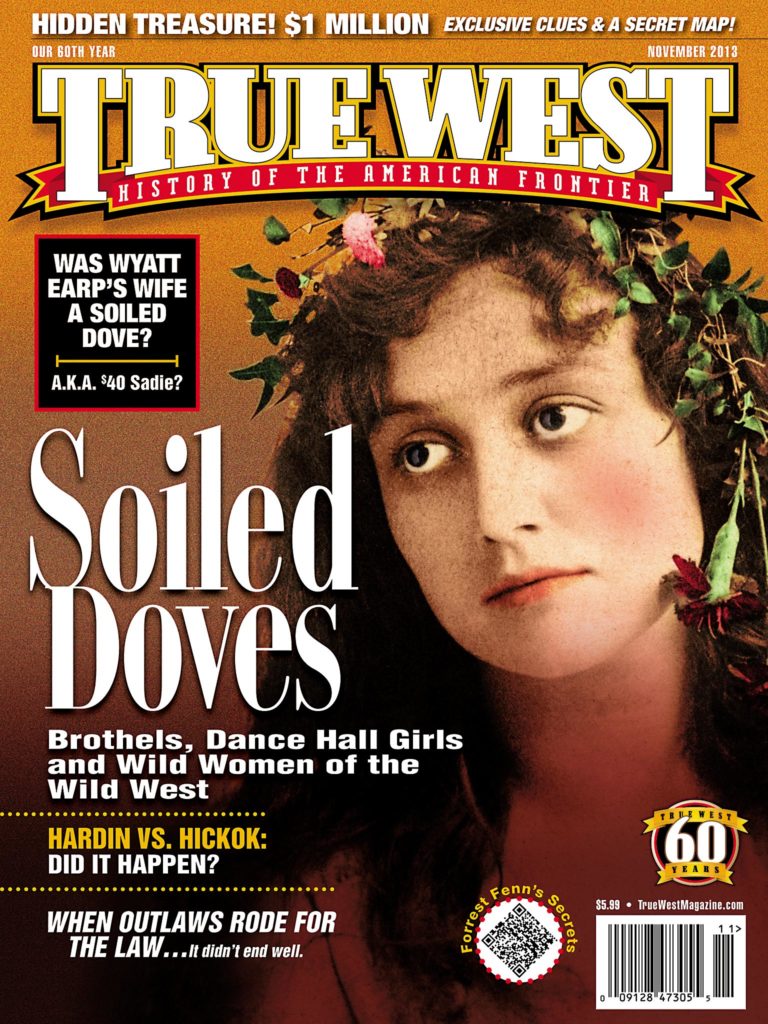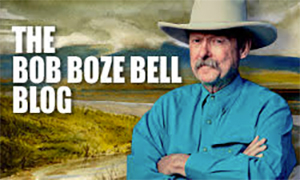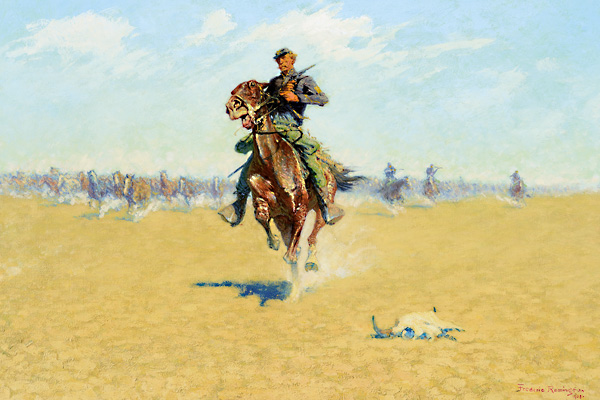 Frederic Remington did not live to see his Cutting Out Pony Herds (A Stampede) receive public notice.
Frederic Remington did not live to see his Cutting Out Pony Herds (A Stampede) receive public notice.
Collier’s Weekly published the oil on its front cover a century ago, on February 1, 1913, a little over three years after the master cowboy artist’s death.
“The subject of this picture was an incident that was practiced by the Army of the West, with which Remington was personally familiar,” noted the late Harold McCracken, the world’s foremost authority on Remington. “When attacking a renegade Indian camp the soldiers sometimes used a mounted trooper to ride close to the Indians’ herd of ponies, while firing his revolver into the air to stampede the horses away from the camp and put the Indians afoot and more vulnerable to the attack.”
The July 27 sale of this painting at Coeur d’Alene Art Auction in Reno, Nevada, broke an auction record for the artist. Not only did the $5 million bid match the previous Remington record, for The Wounded Bunkie bronze sold at Sotheby’s New York in 2008, this painting surpasses the record set by Christie’s New York, in 1999, for a Remington oil, A Reconnaissance.
Other artworks inspired by true frontier history were also showcased. Overall, collectors who auctioned off their art earned more than $30.5 million.
Photo Gallery
On April Fool’s Day in 1878, Billy the Kid and six other Regulators ambushed Sheriff William Brady and his deputies on the main street in Lincoln, New Mexico, killing Brady and his deputy, George Hindman. Andy Thomas painted this scene of the Regulators extricating themselves by charging out of John Tunstall’s corral; $55,000.
Starting with his trip to Arizona, in 1886, Frederic Remington wrote and illustrated articles on the Indian Wars for Harper’s Weekly, which gained him recognition among the reading public as the “soldier artist;” $5 million bid.
While visiting the SMS Ranch in Texas, Frank Tenney Johnson drew Frank Ellis, who the artist says identified himself as an “old-time broken down cowpuncher.” The artist’s famous nocturne style hides the fact that this cowhand had a missing eye; $330,000.
Joseph Henry Sharp placed his Taos model in front of a deerskin painted by White Swan, a Crow scout for Maj. Marcus Reno at the Battle of the Little Big Horn; the images reveal the scout’s memories of the 1876 battle that proved fatal for Gen. George Custer and the men with him; $260,000.
After reading numerous journals and letters by mountain men that contained entries extolling the stunning beauty of the frontier’s rugged wilderness, artist Joseph Velazquez was inspired to paint …It was a Grand Experience; $27,500.
William Clark noted in his journal that the Corps of Discovery had stopped at a Kickapoo village on May 22, 1804. The Indians presented the crew with “…4 Deer as a Present, for which we gave them two qts. of whiskey.” Artist Richard Greeves’s bronze of these welcoming Kickapoos bid in at $11,000.
Z.S. Liang writes that his inspiration for this oil on canvas was a summer 1864 charge by Crazy Horse. Considering himself unjustly attacked by the U.S. Army, the Lakota Sioux war leader reportedly led a band of 40 warriors on a charge through Fort Laramie’s parade ground in Wyoming Territory; $160,000.


